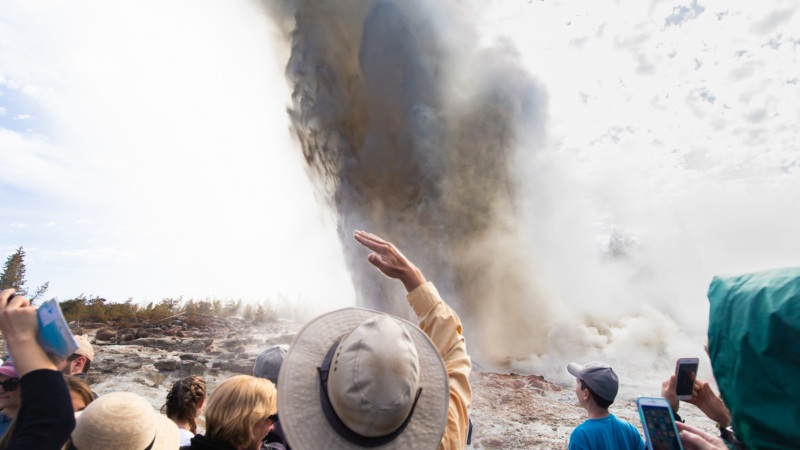New Website Informs Ft. McClellan Veterans of Possible Toxic Exposure
For decades Anniston’s now closed Ft. McClellan was home to the Army Chemical School and housed substances including sarin gas and nerve agent. The company Monsanto also released toxic chemicals into the environment around the area. Some veterans say exposure to these substances while at Ft. McClellan caused them an array of health problems and have called for compensation from the federal government.
Those activists can now claim a small victory.
Ft. McClellan veteran Sue Frasier has been working on this issue for 12 years. Back in February she met with Veterans Affairs Department administrators and they asked what they could do to help. She told them she wanted a way to notify veterans.
“One way to start that would be to have an official government webpage that spoke directly to this situation,” said Frasier.
As of April, they got their website.
“[It’s] just exactly what I had envisioned for and hoped for at the meeting,” said Frasier.
The website lists the chemicals service members may have been exposed to at Ft. McClellan, although it notes there’s no evidence they were exposed at a high enough level to cause health problems. It also includes a link for veterans to file individual compensation claims. The VA’s acting chief consultant for post-deployment health, Dr. Ralph Erickson, says they don’t do this in every case, but with Ft. McClellan it made sense.
“This would be a very effective way of reaching in a short period of time a rather large group of people and their families with good information,” said Erickson.
New York Democratic Congressman Paul Tonko believes the website is a good first step but more should be done. He plans to reintroduce a bill mandating the VA create a registry of every veteran who served at Ft. McClellan from 1935 to its closure in 1999, potentially tens of thousands of people. The department would reach out to veterans about the effects of the toxic exposure and offer health exams.
“If we can put this language into law, then we know that we have a response that will be predictable and full in scope,” said Tonko.
Sue Frasier’s activism spurred that proposed legislation but she says she no longer supports it. She says negotiating directly with the VA is more fruitful. While individual compensation claims are possible, Frasier wants the Ft. McClellan veterans to be treated as a group. She’ll meet with Veterans Affairs leaders again this week.
Mass trial shines a light on rape culture in France
A harrowing and unprecedented trial in France is exposing how pornography, chatrooms and men’s disdain for or hazy understanding of consent is fueling rape culture.
What’s your favorite thing about fall?
With cooler mornings and shorter days, if feels like fall is finally here. So what’s your favorite thing about fall? We put that question to people at our recent News and Brews community pop-up in Cullman.
Teammates LeBron and Bronny James make history as the NBA’s first father-son duo
The Jameses, who both play for the L.A. Lakers, shared the court for several minutes on the NBA's opening night. They join a very small club of father-son teammates in American professional sports.
After John le Carré’s death, his son had the ‘daunting’ task to revive George Smiley
Nick Harkaway grew up hearing his dad read drafts of his George Smiley novels. He picks up le Carré's beloved spymaster character in the new novel, Karla's Choice.
When Steamboat goes WHOOSH, scientists look for answers
What triggers geysers to go off is still not well understood. A new paper shows that one small earthquake likely triggered an eruption of the world's tallest active geyser, Steamboat.
Trump’s ex-chief of staff warns his former boss would rule like a ‘fascist’
John Kelly is one of several Trump-era White House officials to publicly criticize their former boss, arguing that Trump is not fit to hold office again.






